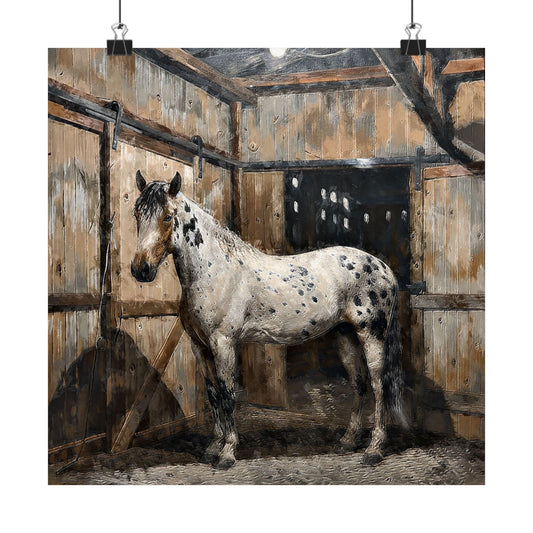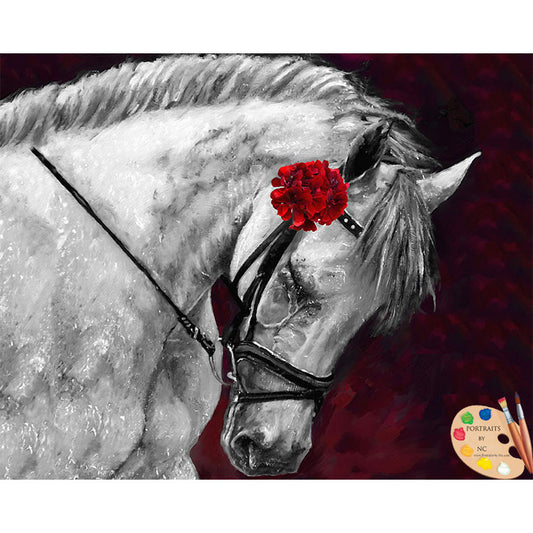Protection and Conservation of Drawings
Share
Bearded Saint in a Forest by Albrecht Durer Square Sticker
by argentarts
People who have not collected original works of art often unclear about how to properly care for these works and I thought I discuss a couple of issues.
For the first time collector it is not a bad idea to start collecting with drawings by artist's whose work they love. Weather these drawings are acquired during an auction, purchased at a flea market or through a living artist, they are often a lesser priced alternative to a full scale oil painting and a nice way to start one's collection.
Drawings provide an intimate view of the artist's creative process and I red some place that in the Renaissance it was said that a drawing was the first link between the artist and divine inspiration.
Once you consider being the proud owner of a wonderful piece of art on paper, it is important to ensure the longevity of your treasured purchase.
~Before you buy
-Look or ask if there are any tears or stains. Just because an artist or gallery is in the possession of a piece of art, does not mean that slight damage has not occur ed.
- If you are unable to inspect in person, ask that the work be inspected and request a close up photo of anything that might become a concern to you.
~ How will the artwork be shipped?
- If the artwork is shipped rolled in a tube, remove it immediately and frame as soon as possible. Try to avoid this type of shipment whenever possible. Tubes can collapse and damage the artwork considerably.
- If the artwork can not be shipped flat and the cost for a wooden crate is too expensive, ask that the piece is placed in a box lined with bubble wrap or plastic chips to cushion it within another box.
- Always insure the artwork for it's full value. Rules as to who pays for the insurance vary. It is difficult to determine who is responsible for damage incurred during shipping and the insurance coverage will at least protect you from any monetary losses.
With Internet purchases,artwork that travels cross country and acquisitions overseas, it is important to ask the seller how they intend to get the work to you.
Insist that works on paper are sandwiched between archival cardboard and that it lies flat in it's shipping container.
~ Where will the art hang?
- Stay away from direct sunlight.
- Do not hang the painting over a fireplace or radiator.
- Bathrooms are not a place for original works of art - too much humidity!
Drawings as well as paintings do not like extreme temperature changes, too much heat or too much humidity all can create problems. Damage from environmental degradation can break down the paper fibers or lead to premature yellowing, bleaching, discoloration (known as foxing) or even brittleness.
~ What type of frame is most suitable?
- Any frame will work as long as the mount is archival.
- Avoid lamination, self-adhesive tapes, non archival mounts and acidic glues
- Consider Plexiglas filtering - it protects your drawing from harmful ultra violet rays of light.
(by J. Dabour, before restoration) on paper suffered from stains, tears, abrasions and other problems prior to it's restoration by Nancy Wu (Fine Art Conservation Service)

Lancer on Horseback by Albrecht Durer
by argentarts
~ When things go terribly wrong
- If water damage occurs the drawing should be seen by a conservator with 48 hours.
- If you notice a hazy, cloud like appearance foxing is setting in and the work needs to be seen by a conservator.
~ Who to call for help
- The American Institute for Conservation of Historic and Artistic Works, Washington D.C. (202) 452-9545
- Nancy Wu Fine Art Conservation Services LTD. Tivoli, N.Y. (845) 757-3812
- Chubb Group of Insurance Companies, New York (877) 602-4822
- Chicago Conservation Center, Chicago (312) 944-5401
Source: Images and List of Conservators from Art and Antiques Insider's Guide 2004 'Paper Perfect'




























































